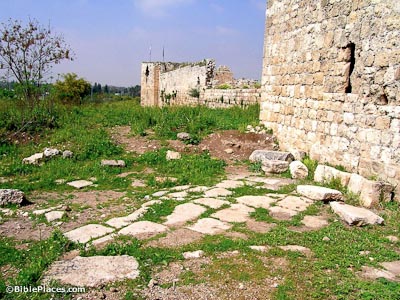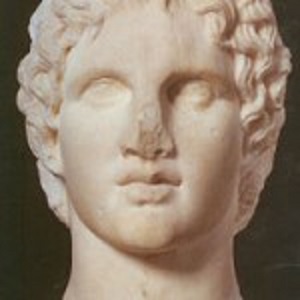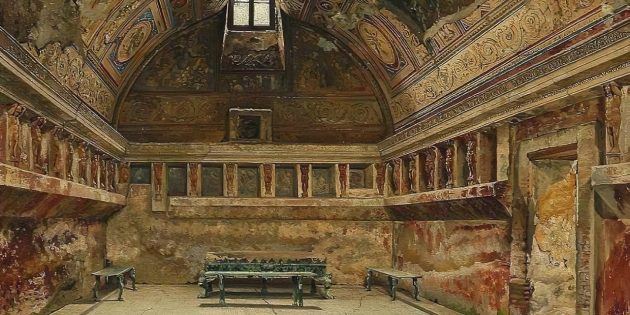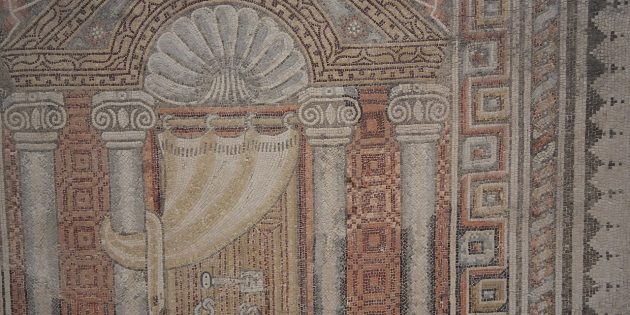Home » Archives for November 2015
Archive for November, 2015
For at least 10,000 years, on the plain of the Great Rift, bordered by the mountains of Judea on the west and, on the other side of the Jordan River, the mountains of Moab, there has been a city at Jericho. The earliest settlement at Jericho—in the Late Stone Age—arose on a hillock close to […]
After the death of Jonathan in 143 B.C.E., the rulers of Sparta felt it necessary to renew their alliance with the new high priest, Simon. Although the “elders” are mentioned as a separate entity, the letter clearly refers to Simon as the chief authority. 20 What follows is a copy of the letter sent by the […]
The intent of this letter was to renew an alliance with the Spartan. It mentions the “senate” (Gerousia) of the Jewish nation as distinct from the high priest, the priests, and the rest of the people. 5 Here is a copy of the letter Jonathan wrote to the Spartans: 6 Jonathan the High Priest, the national council […]
The first mention of the Jewish Gerousia (literally, “Council of Elders”), here termed the “senate,” occurs in this passage from Josephus speaking of the time of Antiochus the Great (223-187 B.C.E). King Antiochus to Ptolemy, sendeth greeting: Since the Jews, upon our first entrance on their country, demonstrated their friendship towards us; and when we came […]
The Talmudic version of the meeting of the Jews and Alexander is preserved in a baraita which correctly identifies the place of the meeting as Antipatris. This version also points to the Jewish-Samaritan conflict and to Alexander’s recognition of the Jews and rejection of the Samaritans. Surely it was taught:The twenty-fifth of Tebeth is the […]
The story of the ascension of Joseph, the Tobiad, as a tax farmer in the Ptolemaic period, illustrates the rise of a new Hellenistic Jewish elite which gained power through Hellenization and which, in turn, fostered further Hellenization of the society. It is probable that this romantic account was take over by Josephus from an […]
Josephus transmits what must have been an old tradition regarding early contacts between the Jews and Alexander the Great. This legendary account portrays the rival of the Jews and the Samaritans while claiming that Alexander paid homage to the Jewish high priest to whose intercession he credited his military victory. 4. But Sanballat thought he […]
The Parthenon was a temple on the Athenian Acropolis in Greece, dedicated to the goddess Athena, whom the people of Athens considered their patron. Construction began in 447 BCE when the Athenian Empire was at its peak and was completed in 438 BCE.
For nearly 600 years, some Jews tried to remove the mark of the covenant “Any uncircumcised male who is not circumcised on the flesh of his foreskin shall be cut off from his people; he has broken my covenant.” So said God to Abraham, establishing the covenant of circumcision, a covenant “between me and you […]
Does the Samaritan community in Nablus have a Torah Scroll written by Aaron’s great-grandson? A small group of Samaritans—they now number fewer than 300—continues to live in ancient Shechem (modern Nablus on the West Bank) at the foot of their holy mountain, Mt. Gerizim. They claim to have the oldest Torah (the Pentateuch, or five […]









